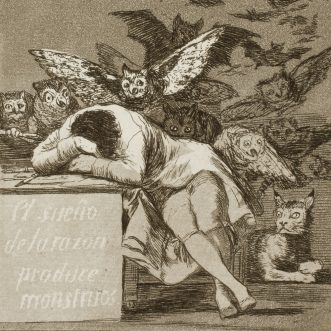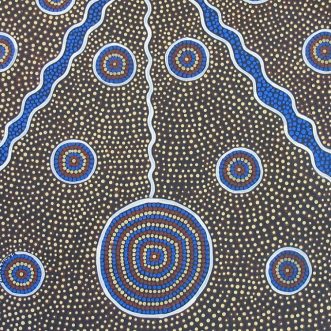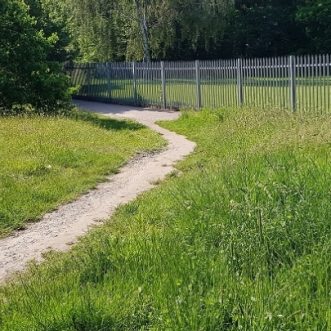
Structuring emergence
The problem with a hierarchical management structure, is that it’s expensive – adding layers of overhead and transaction costs that have to be carried by the revenue-generating part of the business. Even worse, it encourages everyone working within it to focus on the wrong thing – their immediate boss. And that makes work miserable for many, especially those at the bottom of the pyramid.
Alternatives to hierarchy, such as holacracy, co-operation and teal address this by delegating much of the management and decision-making to the people at the coal-face – no longer the bottom, but the cutting edge, where the business meets its customers.
This doesn’t reduce overhead that much because in effect, as Dr Julian Birkenshaw of London Business School observes, these structures “replace a vertical bureaucracy with a horizontal one”. Considerable interaction costs remain as people collaborate and generate consent to create emergent actions. But at least the focus is where it matters, on the customer, client or stakeholder.
It seems to me that what’s really needed is both structure and emergence. A structure that takes the thinking out of doing the right thing most of the time, but allows for emergence at the edges to respond to exceptions and to evolve. The main thing is that both the core structure and the processes for emergence are focused on the same thing – the customer, client or stakeholder.
By now, you know all about my core structure:

Even hierachy works better around this. Replace that with holacracy, co-operation, teal or responsible autonomy, and your business will fly.
Discipline makes Daring possible.








